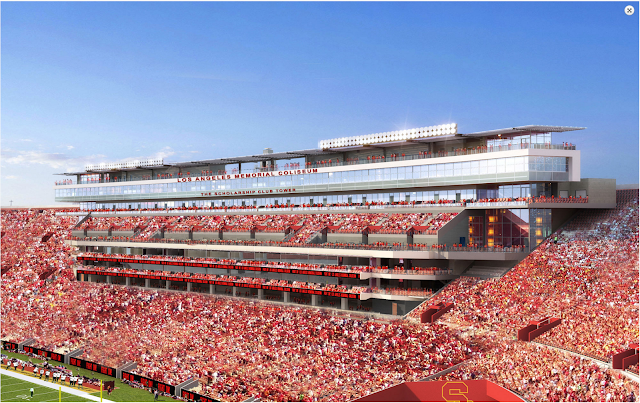Would a "Ringbahn" Help Solve LA's Centrality Problems?
I traveled abroad for the first time this past summer and there were many things that stood out to me from a city planning perspective. Perhaps the most stark contrast between European cities and Los Angeles, however, is that LA is severely lacking in centrality. Although LA isn’t the huge, sprawling region that it is often characterized to be, the Los Angeles metro area is extremely decentralized. There are many major hubs of jobs and cultural activity - Downtown, Santa Monica, The Valley, Westwood, Century City, just to name a few. From a planning perspective, this is a major problem because it is hard to devote transportation resources so many areas.
| Metro map with future rail alignments. |
Los Angeles has largely responded to this problem by focusing its efforts on the Downtown core and having its mass transit system branch out to Hollywood, Santa Monica, and other major hubs. Thus, a person who lives or works Downtown has pretty good resources to get from one place to another using mass transit. However, this still presents a major issue, as relatively few people actually live or work Downtown when compared to the region as a whole. For example, a person who lives in Anaheim (another one of the region’s major cores) and works in Downtown LA could easily commute taking Metrolink to Union Station. But a person living in Anaheim and working in Santa Monica would be unable to commute using public transit without making several transfers and taking significant amounts of time.
The region’s size makes this a tough issue to deal with, but I think that I may have a potential solution. Berlin is thought to be a big, decentralized city by European standards. Berlin also has a spectacular mass transit system that combines subways, elevated rail, and regional trains. One of Berlin’s features which helps to solve its centrality problem is its Ringbahn - a rail line that makes a loop around the city center. This line has 4 main train stations which allow for large regional trains as well as typical elevated rail stations for more local service. | The Ringbahn goes around Berlin and meets up with other rail lines. |
Here are the details:
- The line would have 7 main stations - Union Station, Culver City, Westwood, Sherman Oaks, North Hollywood, Burbank, and Glendale. These would be stops for Metrolink (and possibly Amtrak?) trains.
- There would be 26 total stations, including the main stations. However, regional trains wouldn’t stop at the smaller stations.
- The line would try to utilize existing infrastructure as much as possible in an effort to reduce costs. This is why it goes down the middle of the 405 freeway, uses the Orange Line bus route, and uses some existing train tracks around Union Station.
- The majority of the line would be elevated rail going down the middle of the street. I tried to pick streets that are fairly wide and don’t go through residential neighborhoods.
- My alignment matches up with every Metro rail line at least once, with the exception of the Green Line and the future Crenshaw Line.



Comments
Post a Comment